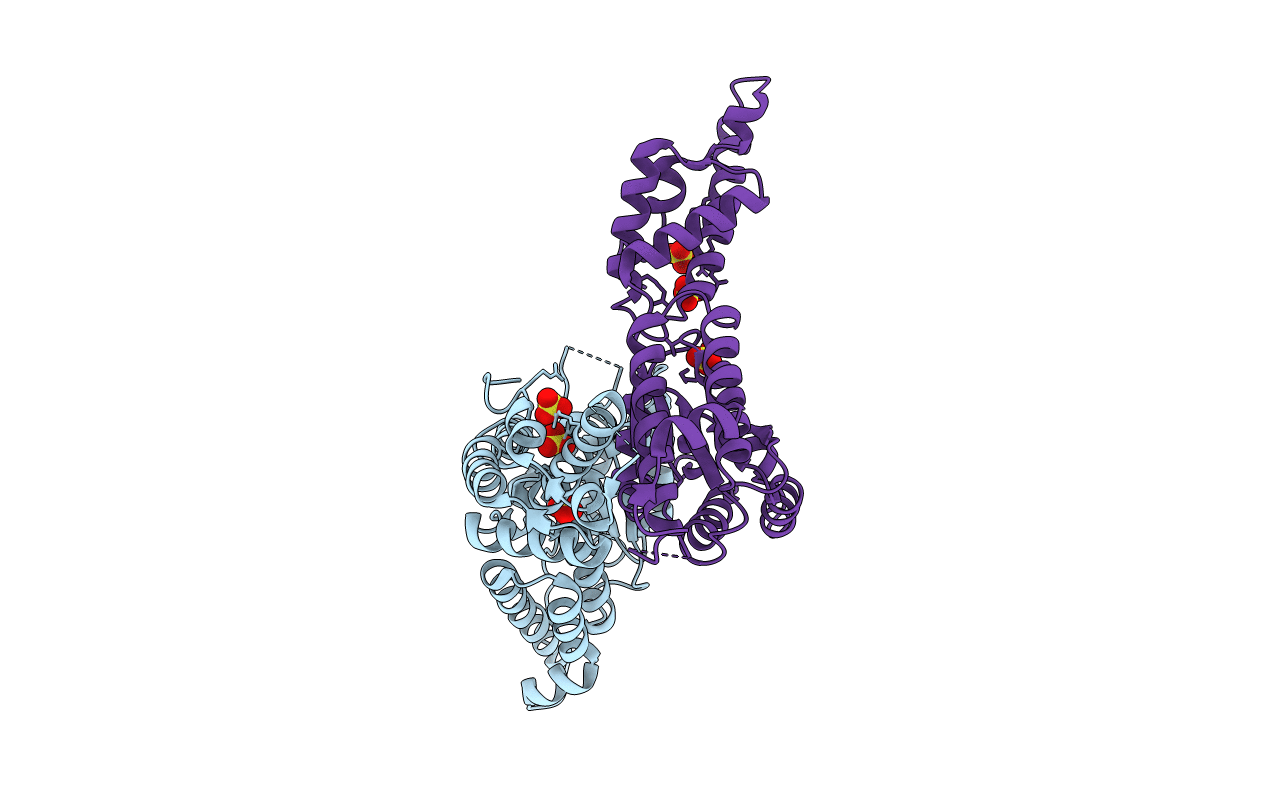
Deposition Date
2011-07-18
Release Date
2011-11-09
Last Version Date
2023-09-13
Entry Detail
PDB ID:
3SYL
Keywords:
Title:
Crystal structure of the AAA+ protein CbbX, native structure
Biological Source:
Source Organism:
Rhodobacter sphaeroides (Taxon ID: 1063)
Host Organism:
Method Details:
Experimental Method:
Resolution:
3.00 Å
R-Value Free:
0.28
R-Value Work:
0.21
R-Value Observed:
0.22
Space Group:
P 21 21 21


